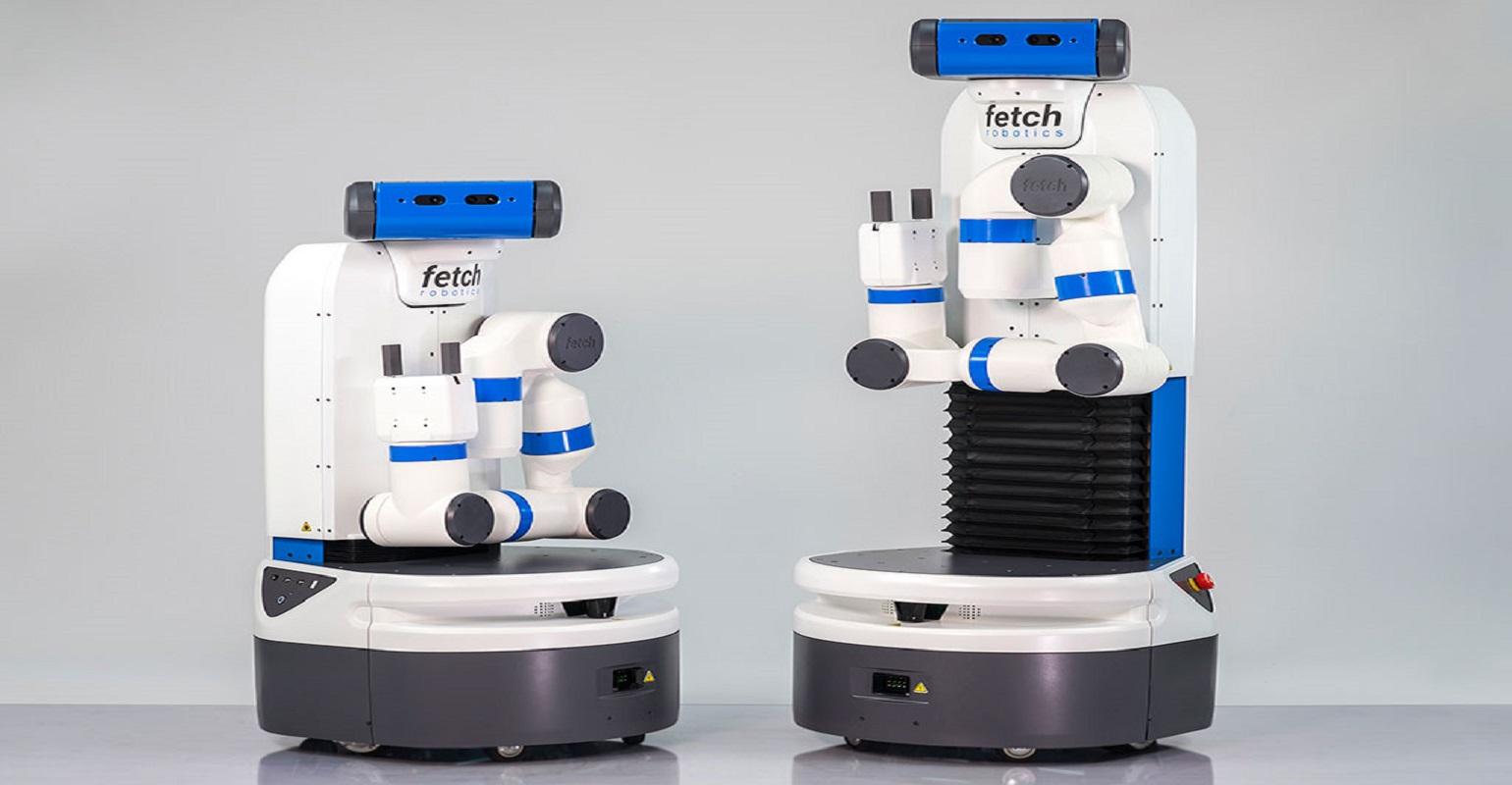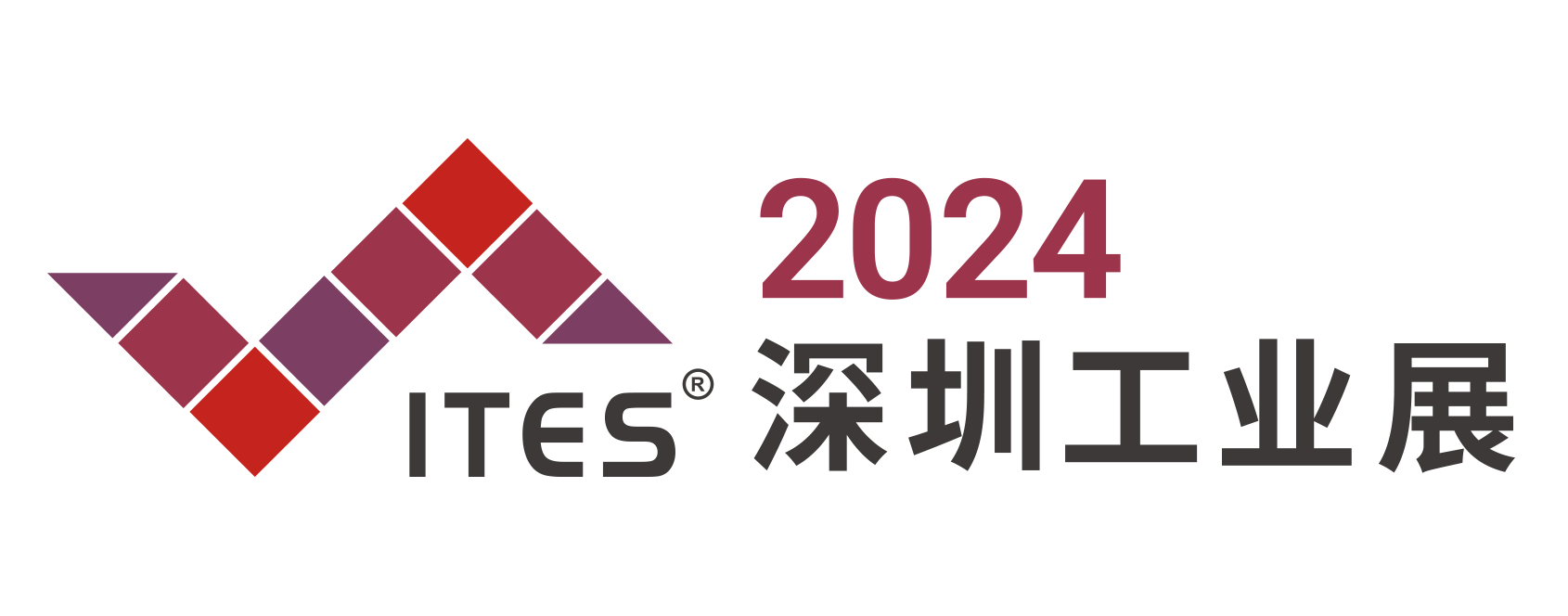What Will Mobile Robot Market Demand Look Like in 2021?
【Introduction】Workforce issues&the need to automate plants for physical distancing has pushed the mobile robot market forward in 2020.
Workforce issues and the need to automate plants for physical distancing has pushed the mobile robot market forward during 2020. Now it’s set to push further in 2021.

Interact Analysis has released a report on the mobile robot market that forecasts revenue growth of 24% during 2020. This comes despite the global chaos due to COVID-19. Revenues for collaborative mobile robots are set to reach $2.4 billion in 2020, and they are expected to surge by a further 50% in 2021 as the impact of the pandemic leads to greater demand for mobile automation and the mobile robot market.
According to the report, sales of automated guided vehicles (AGVs), which perform material handling tasks automatically without human intervention, but are limited to navigation using physical infrastructure, will lag behind sales of the more advanced autonomous mobile robots (AMRs) that can navigate without the need for external markers or infrastructure.
2021 Mobile Robot Growth Will Eclipse 2020 Growth
Despite the pandemic leading to delays in the orders in the first half of 2020, Interact Analysis predicts revenue growth in 2020 to reach 11% for AGVs, and 45% for AMRs, an average of 24% growth across the whole sector. Healthy figures, though the pre-pandemic 2020 growth forecast for the sector was 60%. COVID-19 was a game-changer for the sector. Yet in the next few years, sales are forecast to spiral in the run-up to 2024.

While growth in 2020 may seem remarkable given the pandemic, the growth that will follow in 2021 as the pandemic fades is expected to be more aggressive. “This acceleration should be a longer-term trend within 3-5 years. From experience, the V-shape of market volatility in 2021 should pull up,” Maya Xiao, research analyst at Interact Analysis, told Design News. “The V will follow the SARS experience and the financial tsunami of 2008. There will be a big rise after reaching the bottom. When that starts depends on the control of COVID-19 worldwide.”
Collaborative Robots and COVID-19
The traditional robot market has not grown significantly during the pandemic. Yet the collaborative robot market has continued to grow, though it slowed from earlier projections. “Compared with the traditional robot market, the collaborative robot market was in its bursting period when COVID-19 hit,” said Xiao. “The original growth rate forecast for 2020 was over 30%. COVID-19 has impacted the market, but it still maintains positive growth.”
Part of the reason collaborative robots outpaced traditional robots is due to the respective industries of their customers. Traditional robots play in automotive; collaborative robots play in everything else. “The industries with more applications of collaborative robots, such as electronics, semiconductors, and logistics, were not as affected by COVID-19 as the automotive industry,” said Xiao.
Another aspect of the pandemic that favored collaborative robots was the lighter footprint when it comes to deploying the machines. “The installation, commissioning, and training for traditional industrial robots require manpower and the COVID-19 control measures make these impossible,” said Xiao. “Relatively speaking, collaborative robots are easier to use, and some urgent orders were actually due to the pandemic.”
These trends are not uniform across all regions. Some geographies were hit harder by COVID-19. “The impact of the virus varies considerably by region – due to the speed of measures being implemented to contain it. Recovery will occur over shifted timescales, with APAC first, followed by Europe, and finally North America,” said Xiao. “As such, APAC will see the first and quickest recovery, with less impact on 2020 compared to other regions. The robot market is currently following a similar trend.”
Robot Supply Chain in Good Shape
As the demand for collaborative robots grows, manufacturers have been able to meet the demand. That’s in part because collaborative robots have a shorter supply chain than industrial robots. “Compared to automobiles and other manufacturing industries, the supply chain of the robot industry is not too long, and the inventory of most system integrators is not low, so the supply chain has not been greatly affected by COVID-19,” said Xiao. “The price of core robot components did not fluctuate significantly during the pandemic.”
Robot production in China did run into some snags during the pandemic. “In China, there has been a trend since 2018 to replace imported products with domestic core components. Yet some of the collaborative robot components cannot be replaced,” said Xiao. “At present, it seems that the COVID pandemic has limited the ability for China to switch to domestic components.”
Robots Solving Workforce Issues with RAAS
Oddly, manufacturers and distributors began emerging from a two-year slump during the pandemic itself. The expansion has exasperated existing workforce issues. The labor gaps have prompted interest in robotics, particularly robotics grounded in automation. “We’re not seeing a slowdown in the robot market. We’re seeing an increasing focus on cloud connections to robots. Cloud-based systems make things easy to change,” Stefan Nusser, VP of products at Fetch Robotics, told Design News. “We’re seeing interest on the distribution side and the manufacturing side. There are not enough people to hire, and it’s hitting distributors and manufacturers.”
Distributors and manufacturers are seeking mobile robots that can work both with workers and in automated systems, often could-based. “A lot of what’s driving the demand for automation is there is not enough labor. There is also a lot of seasonal labor,” said Nusser. “The solution is often robots, especially the robots that work collaboratively with the worker.”
A new twist on automated robot systems is beginning to appear, robots-as-a-service or RASS. Instead of owning the robot, the user leases robots. This allows the user to expand and shrink the fleet depending on need. “We’re making the robots more RAAS. It’ something people are beginning to understand. We can switch out robots from one task to another,” said Nusser. “It’s a logical next step – the robot behaves like cloud storage. If you need more capacity, you can get it. We’re trying to make manufacturing elastic.”



-1698134847696.jpg?x-oss-process=style/watermark)


